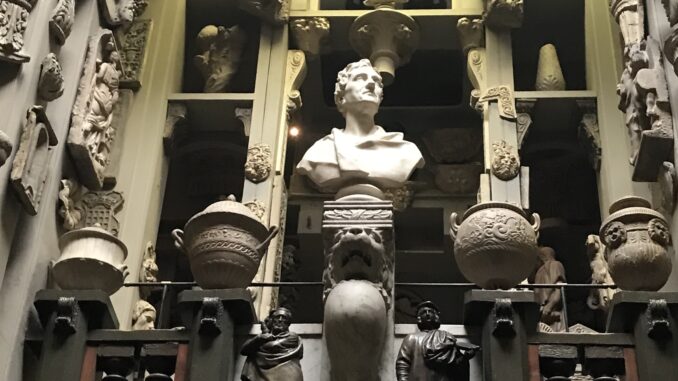
Sir John Soane (1753-1837), most famously the architect of the Bank of England and Dulwich Picture Gallery, was the son of a bricklayer who rose to be professor of architecture at the Royal Academy. He is buried in the churchyard of St Pancras Old Church, his self-designed mausoleum said to have been the inspiration for the domed roof of Giles Gilbert Scott’s famous K2 telephone kiosk.
When he died, he left his houses in Lincoln’s Inn Fields, his drawings and architectural models, his collections of paintings and sculpture, and – most significantly – his varied collection of architectural and historical artefacts, to the nation.
He himself pushed through a private Act of Parliament – passed in 1833 – to establish a museum in his house, and stipulated that it should always be free to enter and, where possible, that everything ought to be preserved as they were at Soane’s death. This is now Sir John Soane’s Museum, run by a board of trustees, and the UK’s smallest national museum.
The museum spans three houses, numbers 12, 13, and 14 Lincoln’s Inn Fields, on the north side of the square, a few minutes walk from Holborn station. Soane had bought, demolished and rebuilt each of these properties over a period of around 30 years, creating a home and office for himself, as well as spaces to display his collections and to entertain.
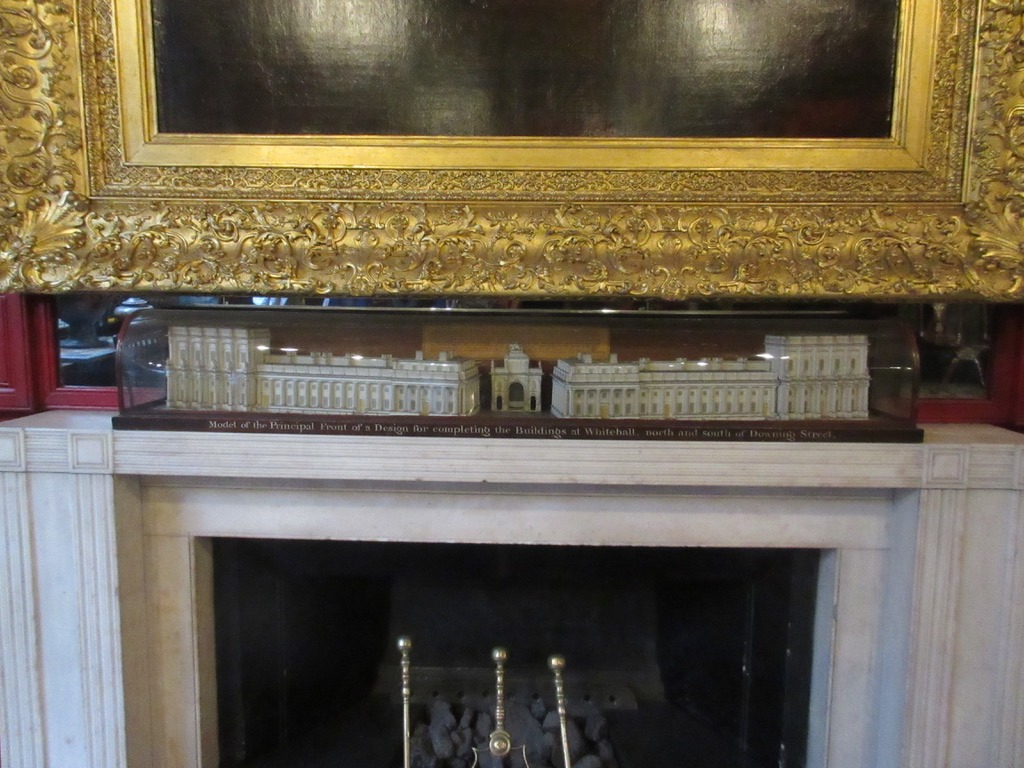
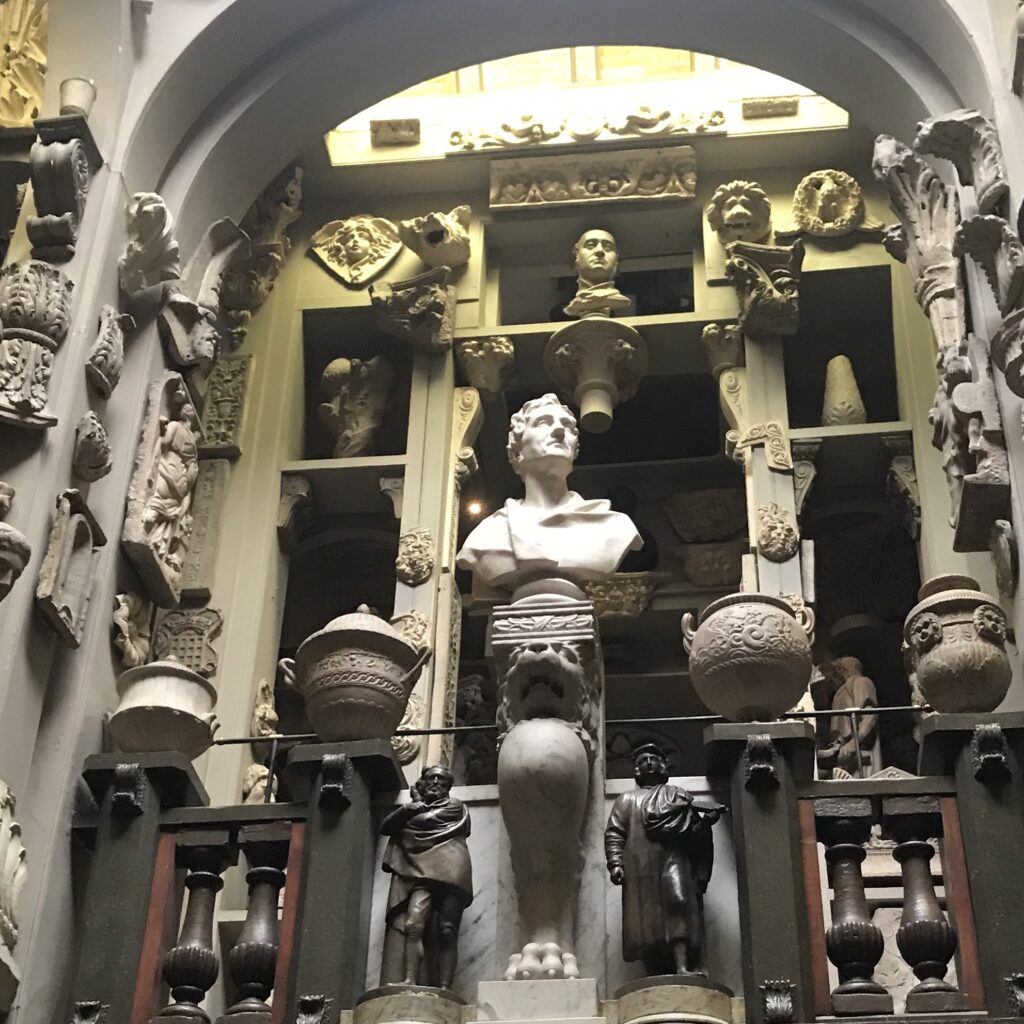
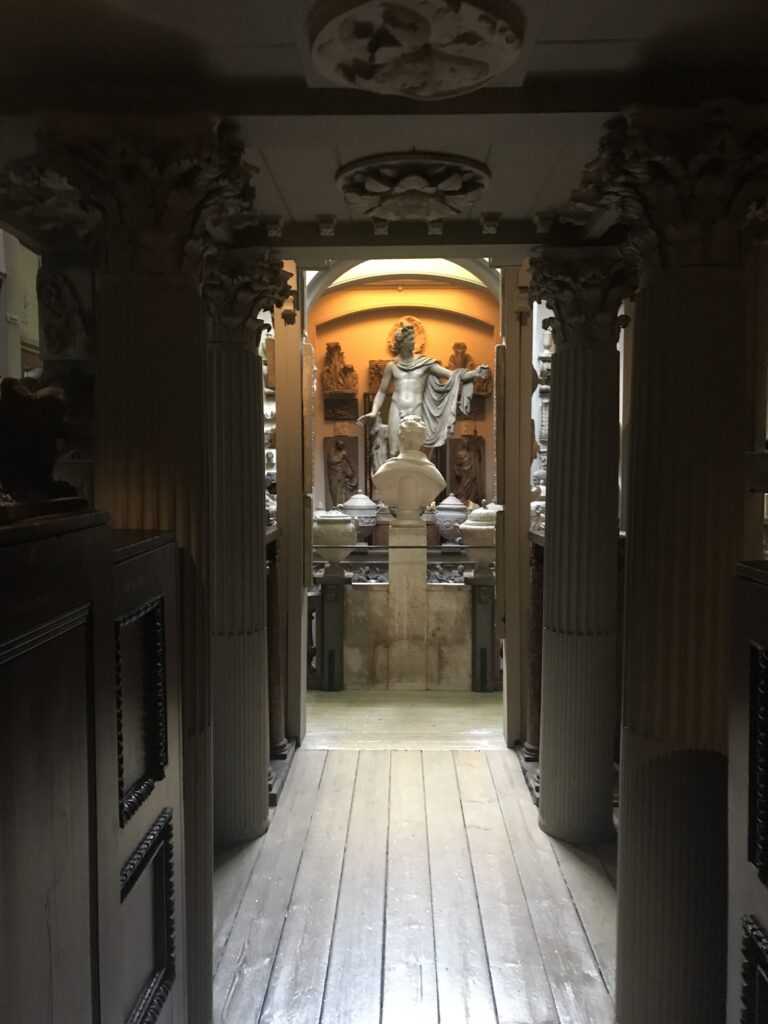
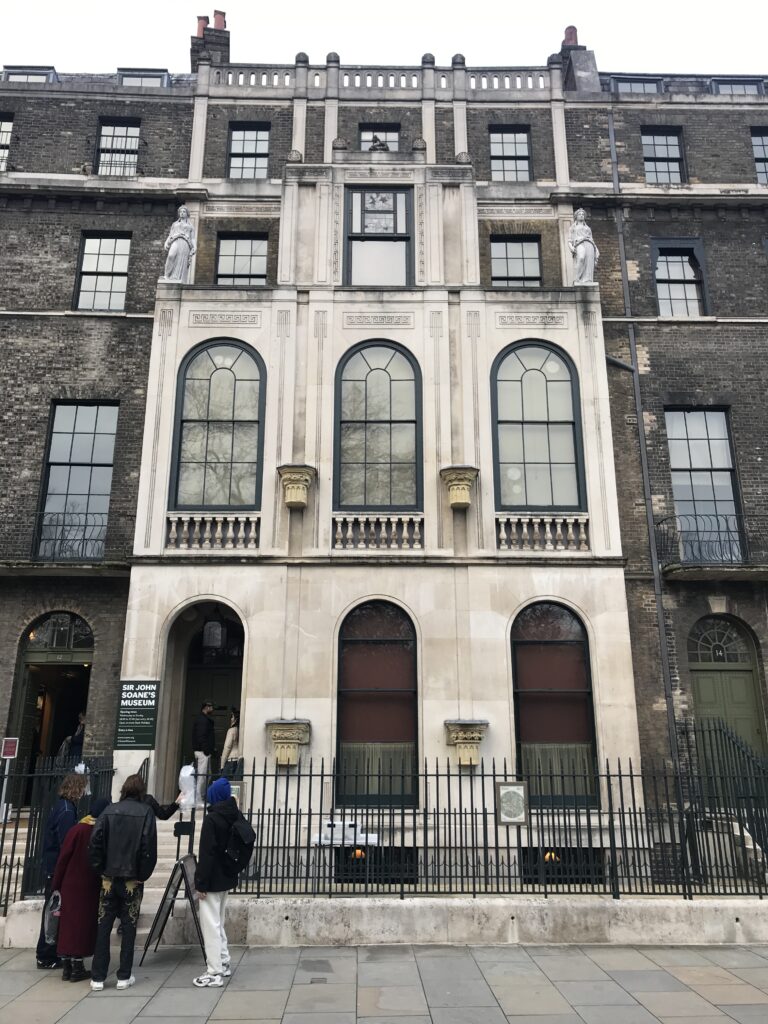
Access to the museum is limited (apparently, only 90 people are allowed in at any one time), so even on a January weekday there was a short queue – it gets much longer as the tourist season progresses, although one can book private tours and after hours visits. All bags need to be checked in the cloakroom before entering.
Inside is a true gallimaufry, with rooms and passageways packed with artworks and objets. There is the sarcophagus of King Seti I (which Soane bought for the huge sum of £2000, from the adventurer Belzoni); here are Hogarths and Canalettos. Wander through rooms of Greek and Roman statues – originals and copies – and Regency sculptures; brush past architectural models and fragments of ancient buildings; it is deliberate and wonderful chaos (made even more fun by the fact that virtually nothing is labelled).
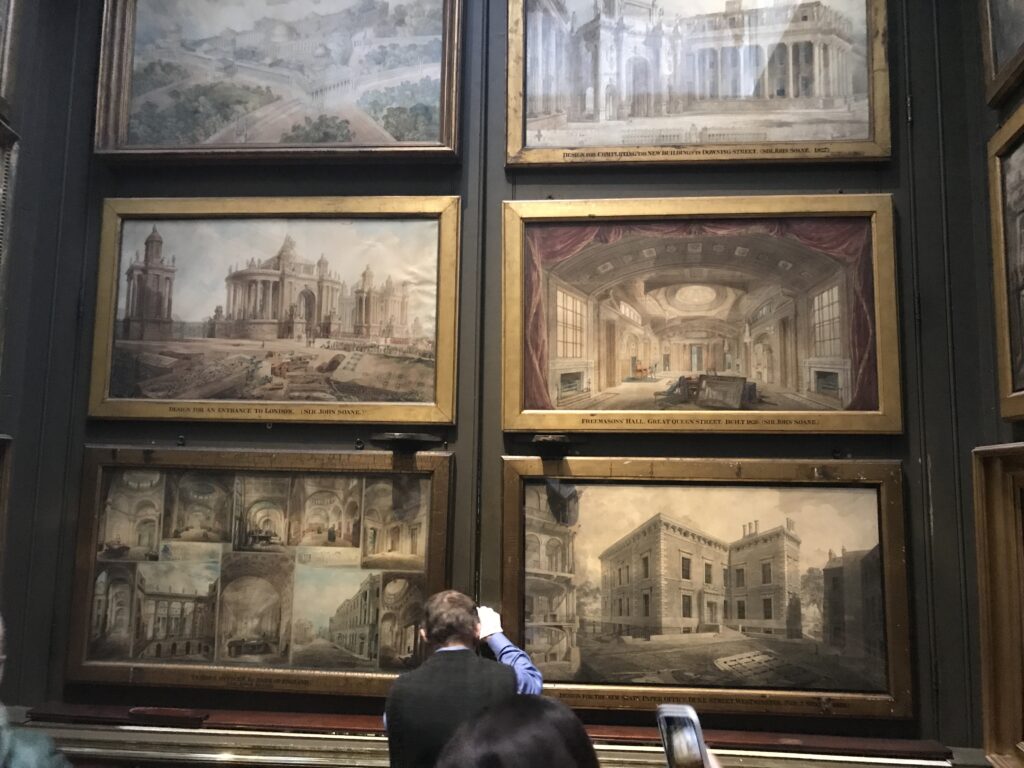
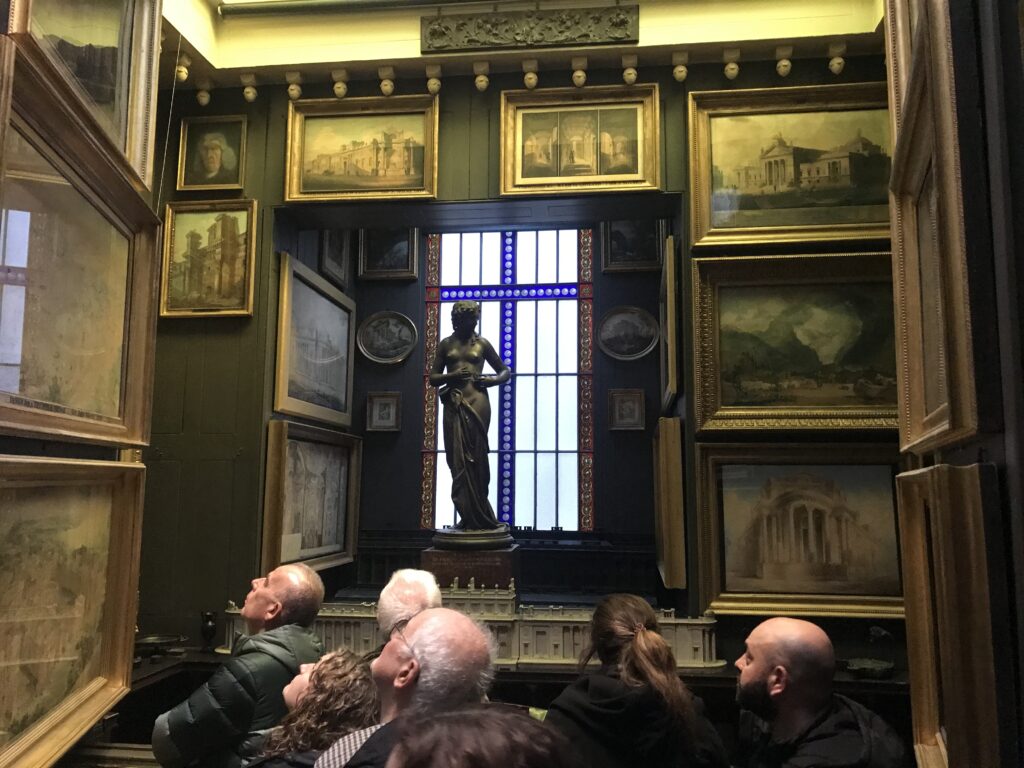
Also interesting is that one is seeing how the house of an affluent Georgian professional appears, from the drawing and dining rooms, Soane’s study, down to the kitchens and servants’ pantry. Things are preserved, or have been restored, to how they would have been in the reigns of George IV and William IV.
The museum is “normally” open Wednesday to Sunday, 10am to 5pm, as well as on Bank Holidays (details here). Tours of Soane’s private apartments and his drawing office can also be booked. There is also a rather spiffy virtual tour of some of the rooms.
![]() Descriptive guide books are available at the museum, or you can get an illustrated book about the place here.
Descriptive guide books are available at the museum, or you can get an illustrated book about the place here.
